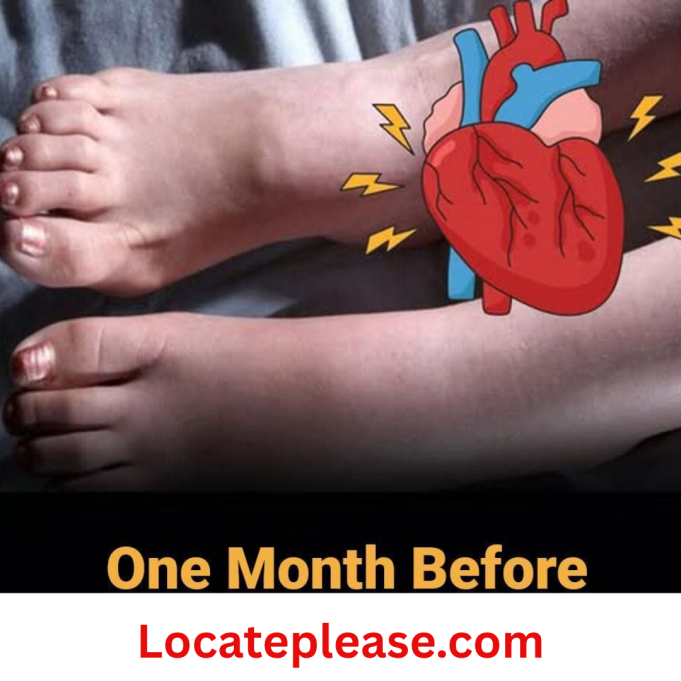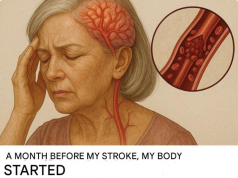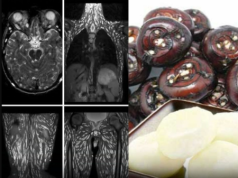Our feet do far more than carry us from place to place—they can also serve as early messengers of serious heart problems. Since the heart is responsible for pumping oxygen-rich blood throughout the body, including to the most distant extremities, changes in your feet may be among the first signs that your cardiovascular system is under strain.
When circulation falters, the feet—being furthest from the heart—are often affected first. Recognizing these subtle signals could mean catching a heart issue before it becomes life-threatening.
Here are six foot-related symptoms that may quietly warn of underlying heart trouble:
1. Persistently Cold Feet or Toes
If your feet feel cold even in warm weather or while indoors, it could signal poor circulation. When the heart isn’t pumping efficiently, blood flow to the extremities decreases—making your feet feel icy despite normal room temperatures.
2. Swelling in the Feet and Ankles (Edema)
Unexplained swelling, especially after standing for long periods or toward the end of the day, may indicate fluid buildup due to weakened heart function. This condition, known as edema, occurs when the heart struggles to pump effectively, causing fluid to pool in the lower limbs—a common early sign of heart failure.
3. Discoloration: Blue, Purple, or Pale Skin
Feet that appear bluish, purplish, or unusually pale may be receiving insufficient oxygenated blood. These color changes suggest restricted blood flow, a potential red flag for heart disease or peripheral vascular issues.
4. Numbness or Tingling Sensations
A persistent “pins and needles” feeling or numbness in the feet can point to peripheral artery disease (PAD)—a condition caused by narrowed arteries reducing blood flow to the limbs. PAD is strongly linked to coronary artery disease, meaning what’s happening in your legs may reflect blockages in your heart.
5. Sores That Won’t Heal
Cuts, blisters, or ulcers on the toes or heels that heal slowly—or not at all—can result from poor circulation. Without adequate blood supply, tissues lack the oxygen and nutrients needed for repair, making even minor wounds dangerous if left unchecked.
6. Pain While Walking (Claudication)
Experiencing cramping, aching, or fatigue in the calf or thigh muscles during activity—especially when walking—that eases with rest is a classic symptom called intermittent claudication. It’s a telltale sign of reduced blood flow to the legs and a warning that arterial blockages may extend beyond the limbs.
What You Should Do
If you’re experiencing any of these symptoms, don’t dismiss them as mere aging or minor discomfort. Schedule a cardiovascular evaluation as soon as possible. Monitoring key factors like:
- Blood pressure
- Cholesterol levels
- Circulation
- Heart rhythm
…can help detect problems early and prevent major cardiac events.
Your feet may be the last place you think to look for heart trouble—but sometimes, they’re the first to sound the alarm.
These quiet physical cues aren’t just random quirks of circulation—they could be urgent messages from your body.
Because when it comes to heart health, the smallest signals can speak the loudest.
And listening early might just save your life.










